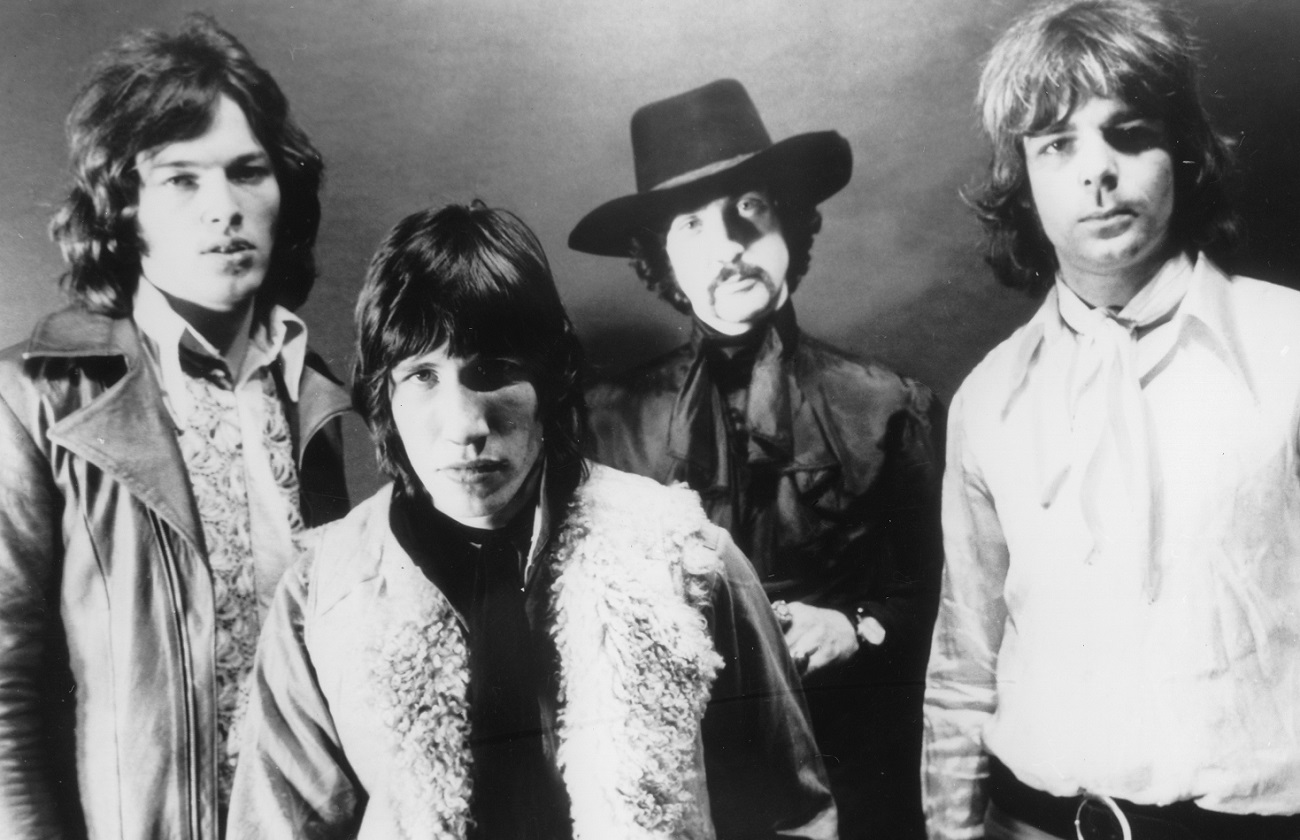Pink Floyd’s Stuntman Accidentally Lit His Mustache on Fire for the ‘Wish You Were Here’ Album Cover
When it comes to dangerous stunts in the name of entertainment, plenty of events come to mind. There’s a whole profession of stuntmen and stuntwomen who step in to take on these dangerous roles — though there are some actors who are tough enough (or maybe just unhinged enough) to take on the potentially deadly jobs themselves.
Whether it’s dangling from a cliff, participating in a high speed chase, leaping through fire, or bungee jumping, stunts help create the thrilling scenes we’ve come to expect in movies and television shows.
One thing we don’t tend to think of when we hear about dangerous stunts is album covers. After all, a piece of still photography doesn’t seem especially hazardous, and most album covers feature relatively safe images. When Pink Floyd‘s album Wish You Were Here was created, however, it took a stuntman — who had a dangerously close call.
Pink Floyd is one of the most iconic bands of all time
Pink Floyd formed in 1965 with Syd Barrett at the helm. Choosing their name from two American blues singers, Pink Floyd found themselves climbing the charts and becoming one of the foundational acts of the psychedelic rock scene.
Unfortunately, Barrett’s drug use and mental health struggles led him to be an unstable foundation— though incredibly influential — for the group. Just as the band started to see global fame, Barett’s erratic behavior became too obvious to ignore.
As the other members reached out to David Gilmour about joining, they planned to keep Barrett on as a songwriter with less of a high-profile role. However, not even that arrangement could mask Barrett’s instability, and the band eventually cut ties completely, replacing the band’s original founder with Gilmour.
Barrett’s short-lived attempt at a solo career fell flat, and he spent most of his life in relative isolation before dying at age 60 in 2006. Meanwhile, Pink Floyd went on to become one of the most famous bands in the world.
‘Wish You Were Here’ is an important album for Pink Floyd

Pink Floyd’s debut album, as AllMusic reports, was called The Piper at the Gates of Dawn and released in 1967. The band had a positively prolific stream of albums releasing year after year for most of a decade.
The Dark Side of the Moon is among Pink Floyd’s most famous albums, and it was released in 1973. It would symbolize the beginning of Pink Floyd’s peak influence, and the band released a stream of albums in succession that helped define their standing and iconic reputation.
In 1975, the band released Wish You Were Here. It was followed up by Animals in 1977. Each of these works helped pave the way for Pink Floyd’s widely-regarded masterpiece The Wall, which was released in 1979.
‘Wish You Were Here’ had an edgy album cover
As Floydian Slip, a radio show dedicated to Pink Floyd, explores the album cover for Wish You Were Here was rife with symbolism. It features two men in suits shaking hands in an urban outdoor setting. One of the men is on fire — though, his stance and facial expressions don’t indicate it.
Floydian Slip explains that the album cover helped tap into the album’s theme of absence. “The team devised a concept for the cover involving two men — record execs fashioned in a style suggested by the album’s ‘Have a Cigar’ — shaking hands to seal some unknown deal,” the analysis explained. The handshake was seen as an “empty gesture,” and the flames suggested “people’s tendency to remain emotionally withdrawn” lest they “get burned.”
Stuntman Ronnie Rondell Jr. took on the role of the flaming businessman, and he wore a flame retardant layer beneath the suit. However, it turned out he did not have all the protection he needed: “After being do[u]sed with gasoline, sparked up and taking position, Rondell withstood 15 shots before being singed.”
When the stuntman’s mustache caught on fire, he fell to the ground. Once the flames were extinguished, he rose to his feet and declared himself done with the project, but the creators had gotten what they needed for the iconic cover.


